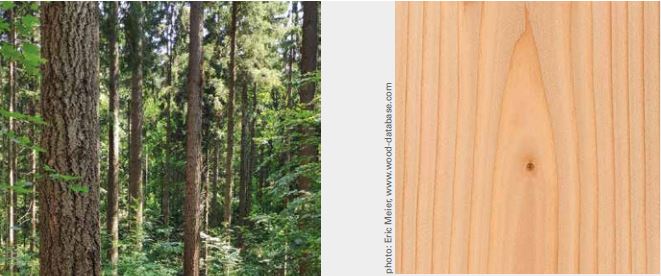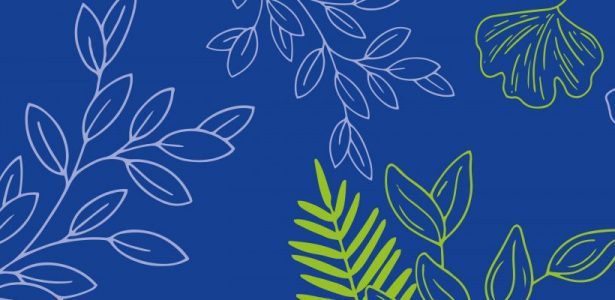Most NNT were introduced to the Alpine region intentionally. They were promoted in forested and urban areas for their various positive characteristics: some NNT have a higher yield, high aesthetic value, stronger root systems, and higher timber value. However, the timber market for a specific NNT species is small, focused on high-value wood with some use cases for specialty applications. For lower value timber the distinction between NNT and native trees is not important e.g., for the use for biomass-for-energy use or for uses as pulpwood.

The economically most relevant NNT sold by volume is the Douglas fir. It is an important tree in value-wood submissions. Due to its compatibility in processing softwood, it can be used as a substitute for traditional Spruce-based value chains.
to discuss the use of wood of non-native trees, it is key to understand the species-specific properties of the non-native species, which often differ from the numbers in the native range of the trees species.
.
In the following lecture by Martin Braun (BFW), you can learn about a study that compared the wood properties of native and non-native trees.

